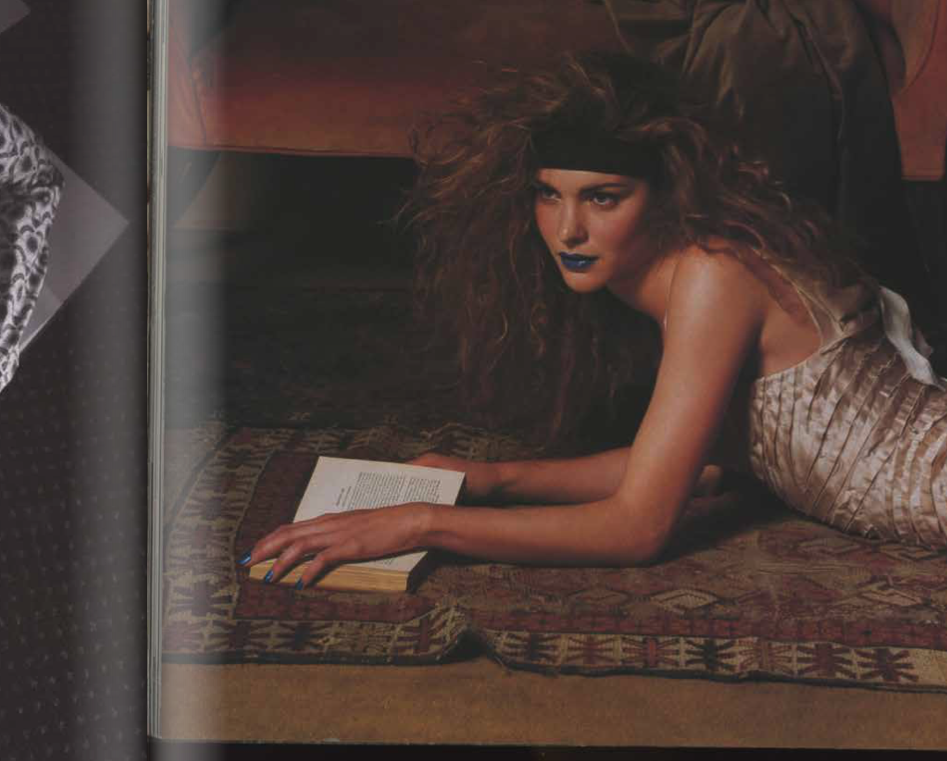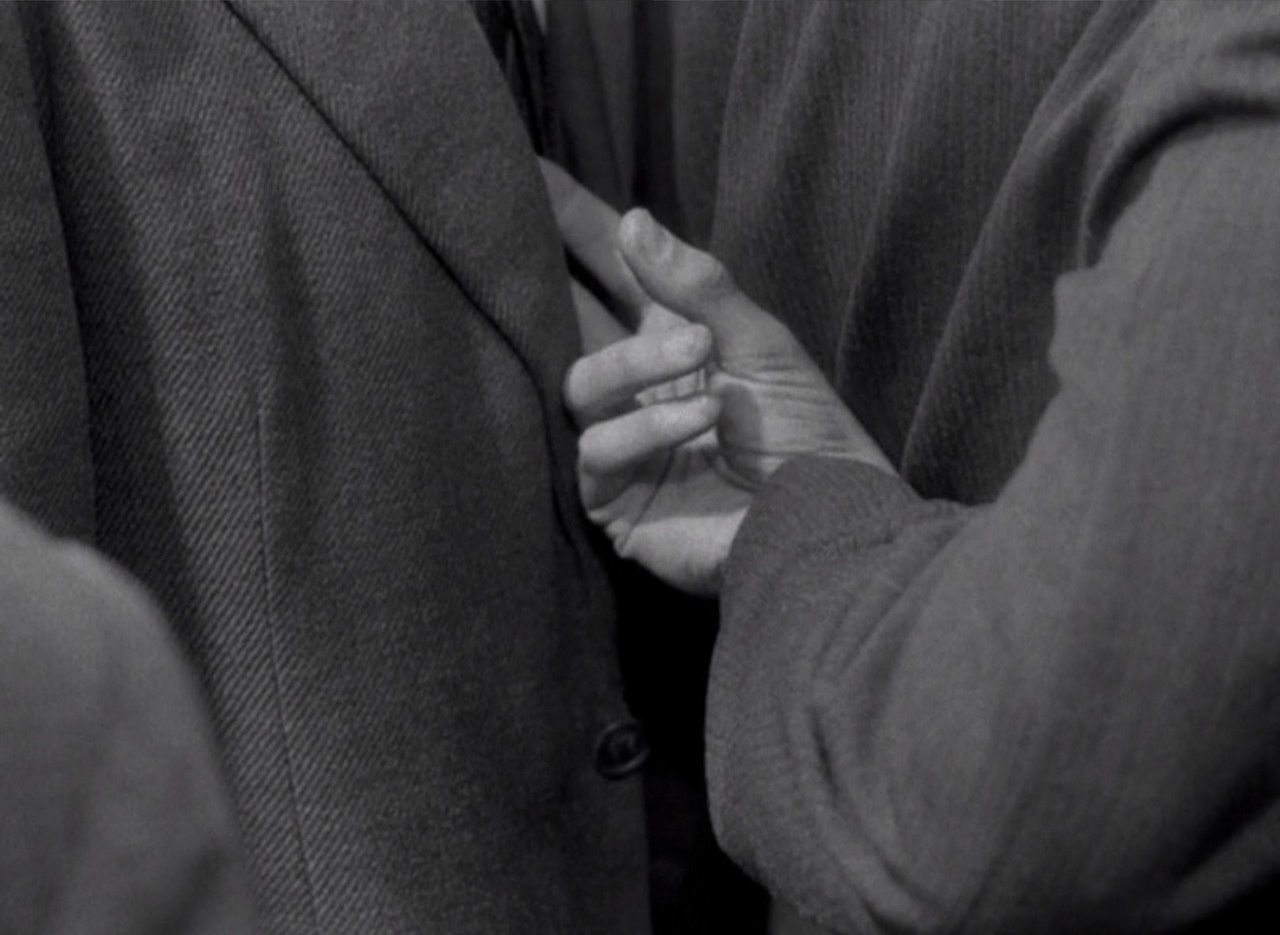Features
Purple Prose 2, Winter 1993

Purple Prose 2, Winter 1993
Purple Institute
France
19 x 24,5 cm
Magazine
Softcover, staple-bound
Martine Aballéa, Olivier Badot, Pierre Bismuth, Dike Blair, Olivier Blanckart, Henry Bond, Cocto, Tommaso Corvi-Mora, Liz Dalton, Peter Fleissig, Anne Frémy, Vitaly Glabel, D. Gonzalez-Foerster, Isabelle Graw, John S. Hall, Markus Hansen, Lothar Hempel, Thomas Johnson, Bernard Joisten, Isaac Julien, Jutta Koether, Ariel Kyrou, Simon Lee, Christophe Lemaire, Michel Maffesoli, Eva Marisaldi, Barbara Osborn, Valérie Pigato, Rêver, Jeff Rian, David Robbins, François Roche, Julia Scher, R. U. Sirius, Liz Stirling, Tom Verlaine, Jean-Luc Vilmouth, Jacques-Arthur Well.
“We launched Purple Prose in the early 1990s without any means, and without any experience, because we wanted to make a magazine that was radically different. We wanted to support the artists around us that no one else supported, much less talked about. [..] It would be a form of opposition of our own, different from the critical jargon of the generation of ‘68. [..] From a visual standpoint, we represented the break from ’80s imagery (like Richard Avedon’s photography for Versace, for example). From an artistic standpoint, the artists of the early ’90s were rising up against art as capital fetish [..]. In saying that Purple is the portrait of a generation, I mean it’s a portrait of those who embody their times. At the same time, it’s a portrait of myself and Elein Fleiss, our ideas, our lives, and our aesthetics.” - Zahm, Olivier and Fleiss, Elein (Purple Anthology, Art Prose Fashion Music Architecture Sex, Rizzoli 2008)

They Look Of Reading,
We Look From Lacking
Pensive yet unaware, they are not here, but elsewhere; or so it seems. Disrupted but unoffended, they pause from absorption. — by Colby Vexler & Justin Clement

Experimental archives,
new fashion histories
The concept of the ‘archive’ seems to have captured once more the contemporary moment in fashion. — by Laura Gardner
From top to bottom
A header on a page is worn like a hat on the head. It is there as a part of a uniform that can indicate the wearers job, the books title and the stage of development in the narrative. — by Emma Singleton

Her hand nuzzled
into his pocket
How the novel frees the garment of/from? fashion — by Femke de Vries
Keeping your heart in
a fabric padded pouch
Why do we wear our hearts on our sleeves? Why do we pad out our love as though its bound to hurt? Why does a heartbeat reverberate through the fabric of the skin? — by Emma Singleton